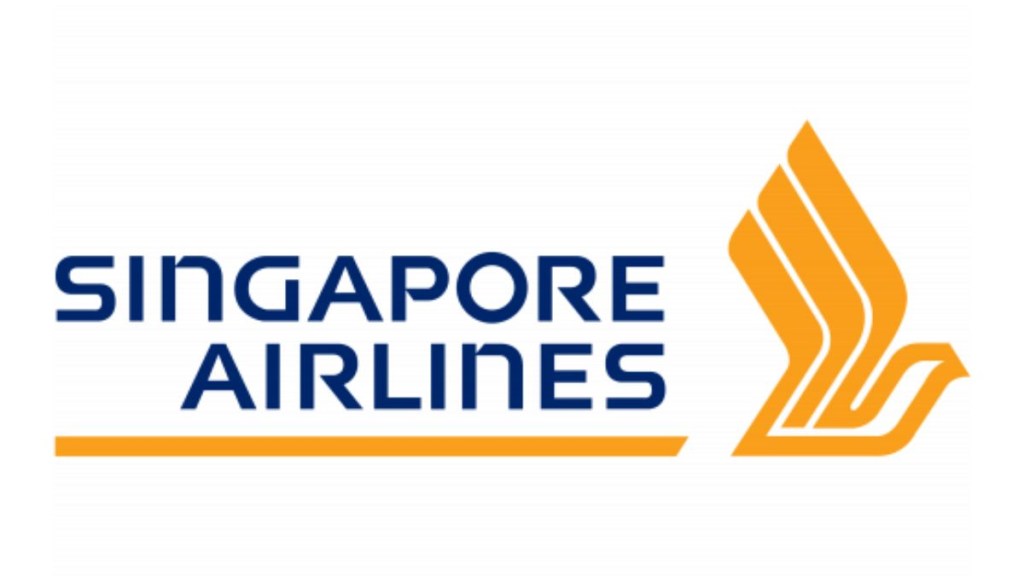Global airlines, including Etihad Airways and Singapore Airlines, are reportedly leading the way in kicking off the inspection of the locking mechanism in fuel switches in their Boeing 787 aircraft. Their swift decision came ahead of domestic carriers acting on a similar probe as they awaited a directive from the Directorate General of Civil Aviation after the June 12 Air India plane crash.
Etihad Airways has ordered a comprehensive review of the switch locks of Boeing 787s and Singapore Airlines has started inspections on its ends, according to an engineering instruction order obtained by NDTV Profit. The leading UAE carrier has even sounded the alarm among pilots to “exercise caution” while fuel control switches are being operated on the Boeing 787 fleet.
Just last night, the Financial Express reported that the India’s Directorate General of Civil Aviation (DGCA) also made inspections of the fuel control switch locking mechanism compulsory across the board for several Boeing models. On Monday, the DGCA issued an order, directing all carriers with Boeing 787 and certain 737 variants to look into the locking system of their aircraft’s fuel control switches by July 21.
“It has come to the notice of DGCA that several operators, internationally as well as domestic, have initiated inspection on their aircraft fleet as per the SAIB. All airline operators of the affected aircraft are hereby advised to complete the inspection no later than July 21, 2025,” the order stated.
These headline-making changes come just days after the Aircraft Accident Investigation Bureau (AAIB) released a preliminary report, saying that fuel supply was cut off right before Air India Flight AI171’s fatal descent in Ahmedabad last month.
A 2018 FAA report flagged faults with the fuel switch locking mechanism
Back in 2018, the US Federal Aviation Administration (FAA) red-flagged potential faults in the locking mechanism in question. It further detailed two pilots mentioning that fuel switches failed to function immediately after taking off.
“Boeing informed the FAA that the fuel control switch design, including the locking feature, is similar on various Boeing airplane models,” the report highlighted at the time. “The table below identifies the affected airplane models and related part numbers (P/Ns) of the fuel control switch, which is manufactured by Honeywell.”
However, the issue was brushed off as inconclusive, with officials pointing out, “Don’t think there is a requirement to send the recorder to OEM.”
Boeing and FAA double down on safety despite alarming concerns
Despite all the concerns being raised, especially in the wake of the recent Air India crash, the FAA and Boeing privately issued notification that the fuel switch locks on Boeing planes are safe, as stated in a document reviewed by Reuters.
The message addressed to Civil Aviation Authorities said: “although the fuel control switch design, including the locking feature, is similar on various Boeing airplane models, the FAA does not consider this issue to be an unsafe condition that would warrant an Airworthiness Directive on any Boeing airplane models, including the Model 787.”
